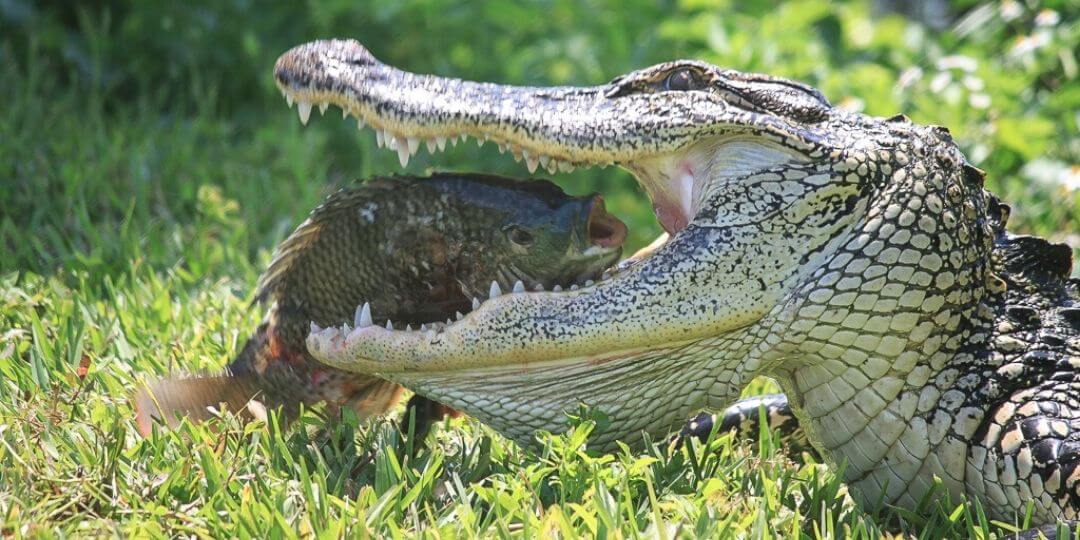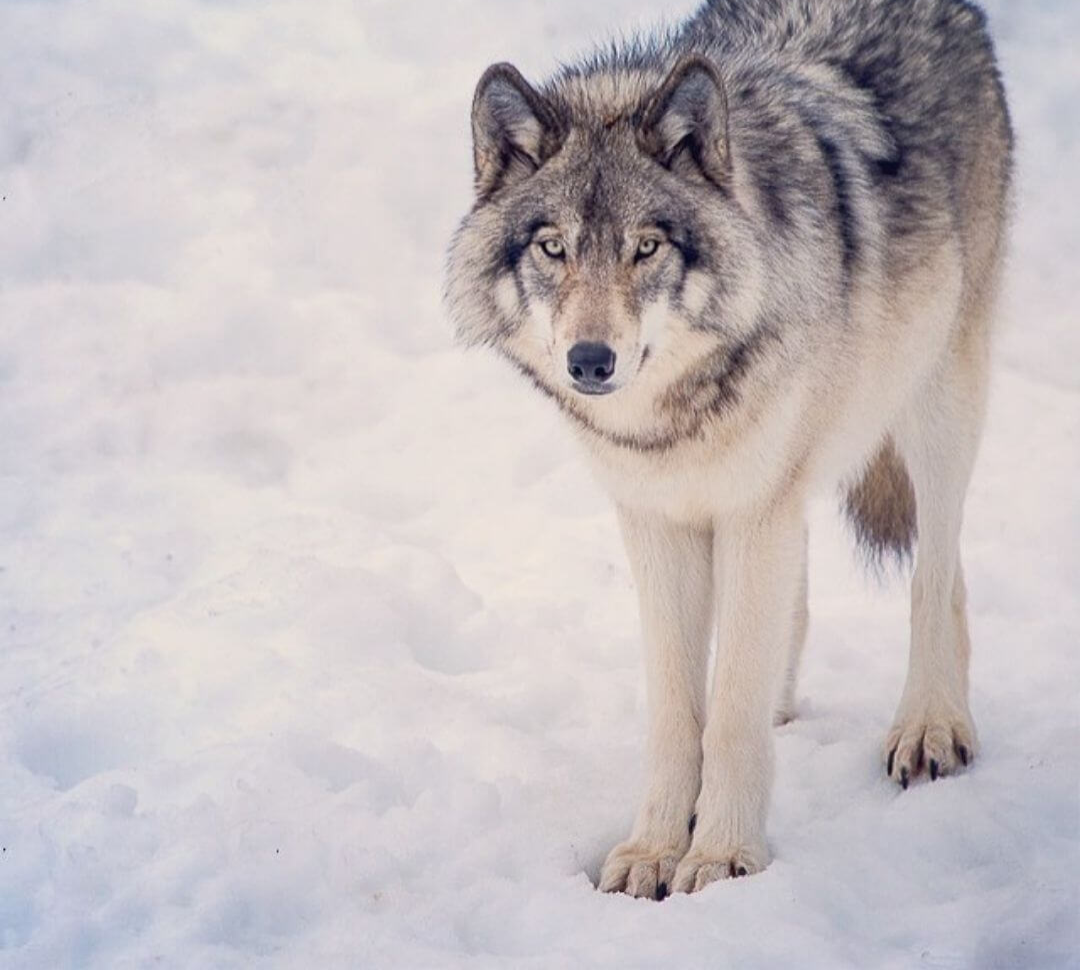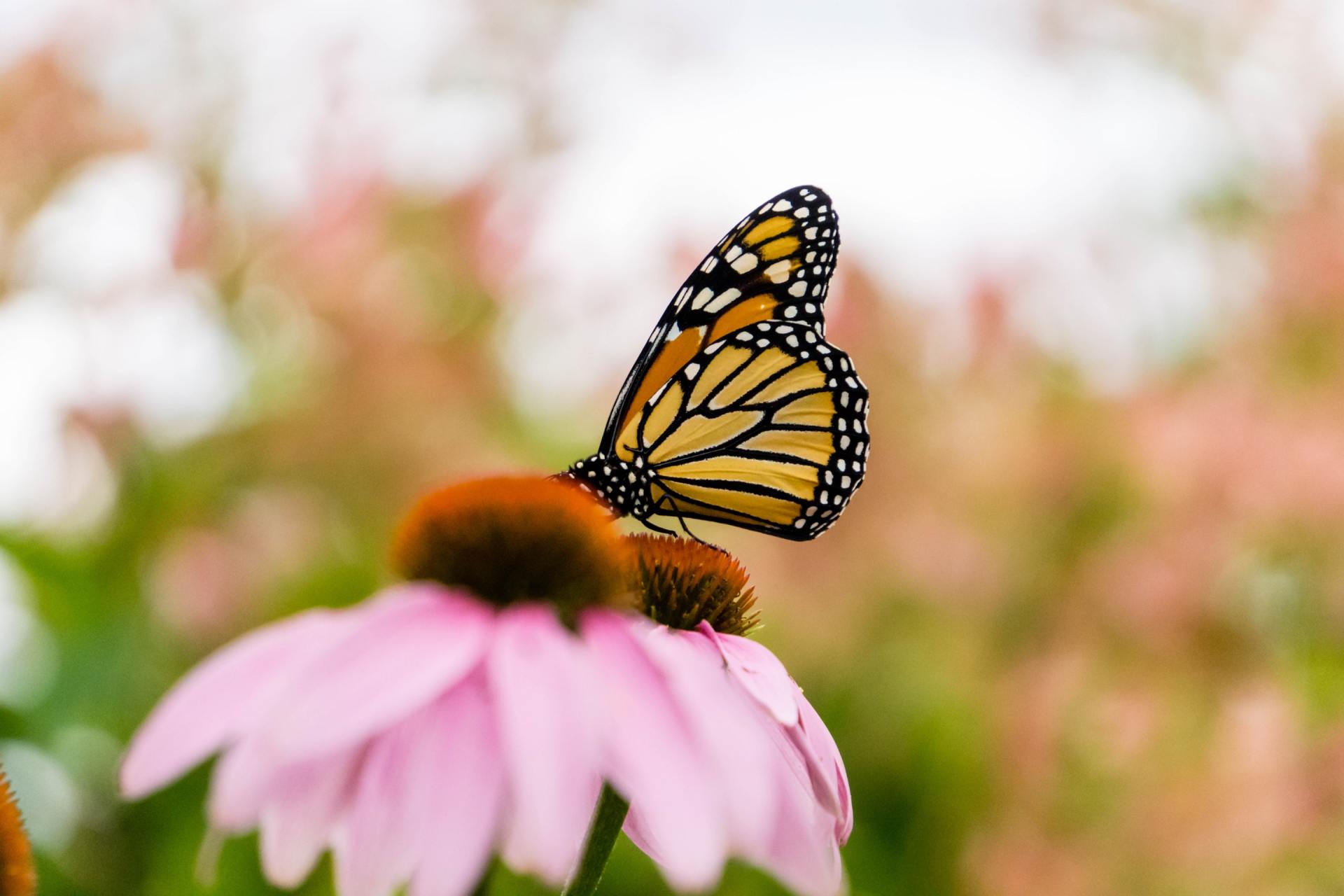Food Webs

How Does Energy Flow Through an Ecosystem?
Desert Food Web
Ocean Food Web
Word of the Week
Trophic Level
A trophic level represents the spot an organism occupies in a food chain or food web!
Primary producers and secondary consumers are examples of trophic levels.
Species Spotlight
Great White Shark
Carcharodon carcharias
Great white sharks are some of the fiercest and most well-known predators in the world! They can be found in many parts of the ocean, from coastal areas to deep open waters or anywhere they can find food.
When great white sharks are young, they feed on fish, stingrays, and squid. As they get older (and larger!), they feed on other sharks, seals, sea lions, and even dead whales. A great white shark's incredible hunting skills allow it to grow more than 20-ft long. They have even been observed attacking prey from below and jumping completely out of the water!
Great white sharks are often considered apex predators, meaning they are at the top of their food chain. Though recently, there have been sightings of orcas attacking and eating great white sharks, which would make the orca the true apex predator.
Conservation Corner
Wildlife Corridors
Animals across the world are facing many threats, one of which is habitat loss. As the human population grows, we build new communities is places that used to be home to wild animals. Important predators, like jaguars and tigers, have large territories and need be able to move between habitats to find their prey. Many of the areas these animals use to travel have been turned into farms and cities, making it hard for animals to move around.
A wildlife corridor is a pathway that animals can use to move between habitats that helps them avoid human developments. These corridors are becoming critical for animals to move from place to place and to keep ecosystems balanced. Scientists spend lots of time observing how animals move before deciding where corridors should be created!
BRAIN BLAST
How would you determine where to build a wildlife corridor? What methods would you use to figure out where a wildlife corridor would be most beneficial?
Trophic Level Troubles
Food chains show us how energy moves between trophic levels in a single pathway. Drag each trophic level below to the correct spot to build a food chain.
Missing Link
Can you find the missing link in each food chain? Each of the food chains below is missing a very important species. Without the species, energy cannot flow through the food chain.
See if you can help restore energy flow to the food chains!
Glossary
Carnivore
An animal that eats other animals.
Decomposer
An organism that breaks down dead matter and returns nutrients to the environment.
Energy
[In biology] The properties used by living organisms to perform normal functions that originate as light energy from the sun and move throughout an ecosystem through food webs.
Food Chain
A tool used by scientists to describe how energy transfers through a single pathway in an ecosystem.
Food Web
A tool used by scientists to describe how different food chains overlap and the different pathways of energy transfer.
Herbivore
An animal that mostly eats plants.
Keystone Species
A species whose presence has an unusually high impact on the ecosystem relative to its population size.
Omnivore
An animal that eats both plants and animals.
Photosynthesis
The process used by plants to take energy from the sun and change it into energy for themselves that can then move through the ecosystem.
Phytoplankton
Microscopic algae that float near the surface of aquatic (water) ecosystems.
Predator
An animal that hunts other animals for food.
Prey
An animal that is hunted and eaten by another animal.
Primary Consumer
The second trophic level is composed of animals that eat plants (herbivores).
Primary Producer
Plants! The first trophic level and the foundation of most food webs.
Secondary Consumer
The third trophic level is composed of animals that eat herbivores.
Tertiary Consumer
The fourth trophic level is composed of animals that eat other carnivores.
Trophic Level
Describes the position an organism holds in a particular ecosystem or food chain.









